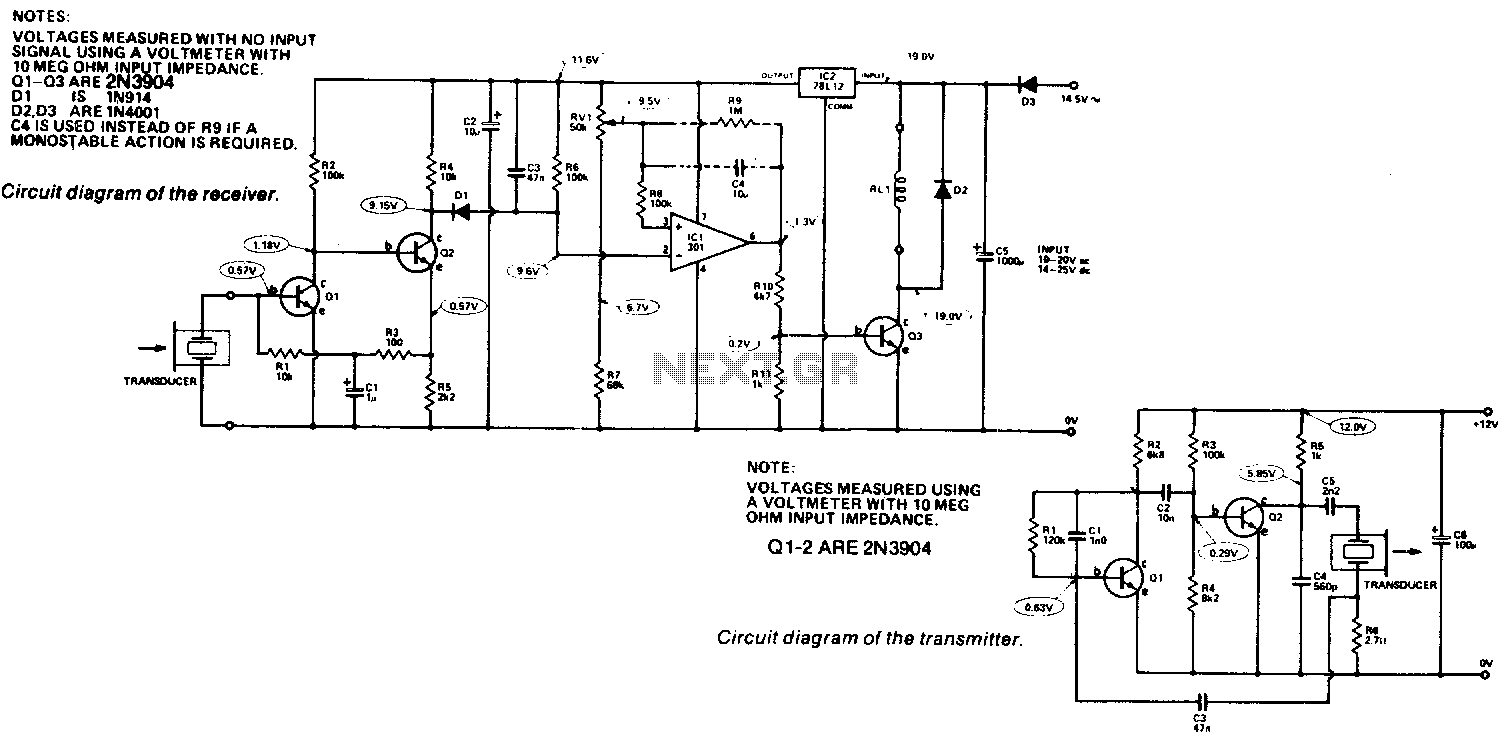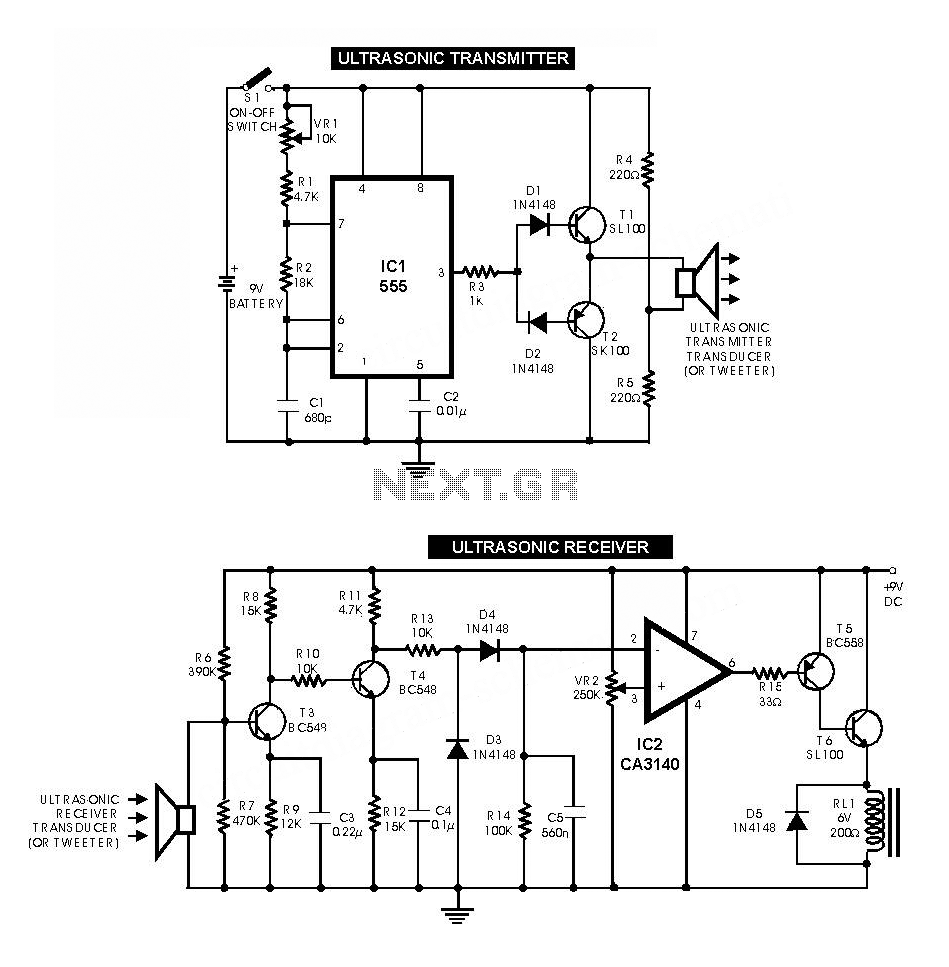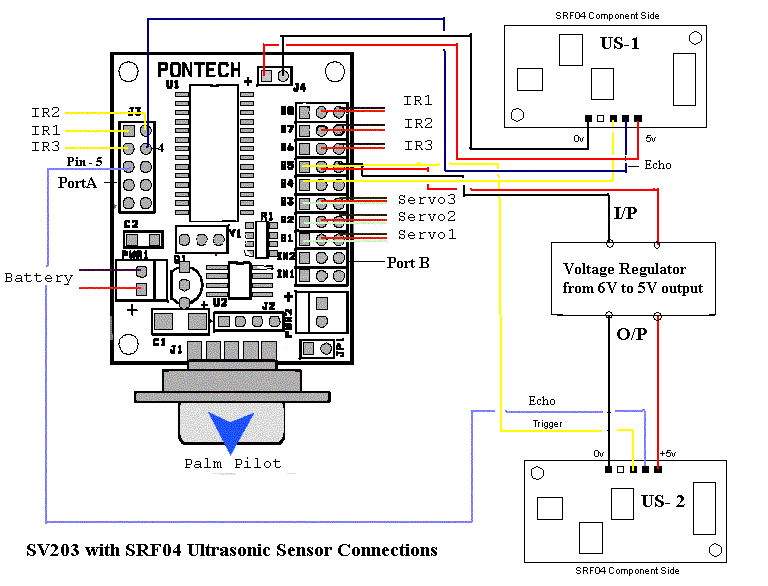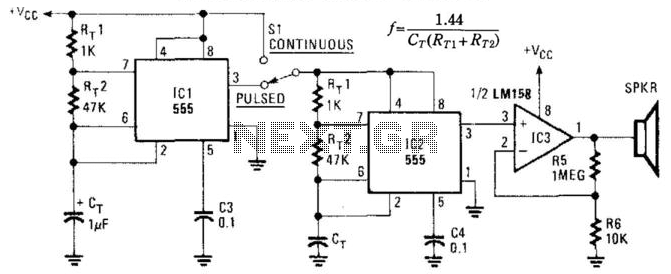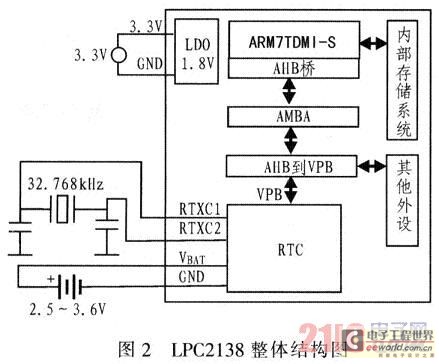
ultrasonic mosquito repeller
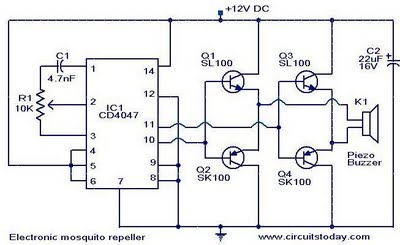
The circuit diagram of an ultrasonic mosquito repeller is presented. This circuit operates on the principle that sound frequencies in the ultrasonic range, above 20 kHz, can repel insects such as mosquitoes. It utilizes a Phase-Locked Loop (PLL) integrated circuit, specifically the CMOS 4047, configured as an oscillator functioning at a frequency of 22 kHz. A complementary symmetry amplifier, composed of four transistors, amplifies the sound signal. The piezo buzzer then converts the output of the amplifier into ultrasonic sound, which is detectable by insects.
The ultrasonic mosquito repeller circuit leverages the characteristics of sound waves to deter mosquitoes effectively. The core component, the CMOS 4047 PLL IC, is versatile and well-suited for generating stable frequencies. In this application, it is configured in astable mode to produce a continuous square wave output at 22 kHz, which falls within the ultrasonic frequency range.
The output from the CMOS 4047 is relatively low in amplitude, necessitating amplification to ensure that the sound waves can effectively propagate through the environment. The complementary symmetry amplifier, which consists of four transistors arranged in a push-pull configuration, is employed to amplify the signal. This arrangement allows for efficient power usage and improved linearity in the amplification process, ensuring that the output maintains the integrity of the original signal while increasing its amplitude.
Following amplification, the signal is fed into a piezoelectric buzzer. The piezo buzzer is specifically designed to convert electrical energy into mechanical vibrations, producing sound waves. In this application, the buzzer is capable of generating ultrasonic frequencies that are inaudible to humans but can be perceived by mosquitoes. This targeted approach exploits the sensitivity of mosquitoes to specific sound frequencies, which can disrupt their mating behaviors and feeding patterns, effectively reducing their presence in the vicinity.
In summary, the ultrasonic mosquito repeller circuit is an effective solution for insect deterrence, utilizing a combination of a PLL oscillator, a complementary symmetry amplifier, and a piezo buzzer to generate ultrasonic frequencies that repel mosquitoes. The design emphasizes efficiency and functionality, making it a practical choice for pest control applications.Here is the circuit diagram of an ultrasonic mosquito repeller. The circuit is based on the theory that insects like mosquito can be repelled by using sound frequencies in the ultrasonic (above 20KHz) range. The circuit is nothing but a PLL IC CMOS 4047 wired as an oscillator working at 22KHz. A complementary symmetry amplifier consisting of four tra nsistor is used to amplify the sound. The piezo buzzer converts the output of amplifier to ultrasonic sound that can be heard by the insects. 🔗 External reference
The ultrasonic mosquito repeller circuit leverages the characteristics of sound waves to deter mosquitoes effectively. The core component, the CMOS 4047 PLL IC, is versatile and well-suited for generating stable frequencies. In this application, it is configured in astable mode to produce a continuous square wave output at 22 kHz, which falls within the ultrasonic frequency range.
The output from the CMOS 4047 is relatively low in amplitude, necessitating amplification to ensure that the sound waves can effectively propagate through the environment. The complementary symmetry amplifier, which consists of four transistors arranged in a push-pull configuration, is employed to amplify the signal. This arrangement allows for efficient power usage and improved linearity in the amplification process, ensuring that the output maintains the integrity of the original signal while increasing its amplitude.
Following amplification, the signal is fed into a piezoelectric buzzer. The piezo buzzer is specifically designed to convert electrical energy into mechanical vibrations, producing sound waves. In this application, the buzzer is capable of generating ultrasonic frequencies that are inaudible to humans but can be perceived by mosquitoes. This targeted approach exploits the sensitivity of mosquitoes to specific sound frequencies, which can disrupt their mating behaviors and feeding patterns, effectively reducing their presence in the vicinity.
In summary, the ultrasonic mosquito repeller circuit is an effective solution for insect deterrence, utilizing a combination of a PLL oscillator, a complementary symmetry amplifier, and a piezo buzzer to generate ultrasonic frequencies that repel mosquitoes. The design emphasizes efficiency and functionality, making it a practical choice for pest control applications.Here is the circuit diagram of an ultrasonic mosquito repeller. The circuit is based on the theory that insects like mosquito can be repelled by using sound frequencies in the ultrasonic (above 20KHz) range. The circuit is nothing but a PLL IC CMOS 4047 wired as an oscillator working at 22KHz. A complementary symmetry amplifier consisting of four tra nsistor is used to amplify the sound. The piezo buzzer converts the output of amplifier to ultrasonic sound that can be heard by the insects. 🔗 External reference
